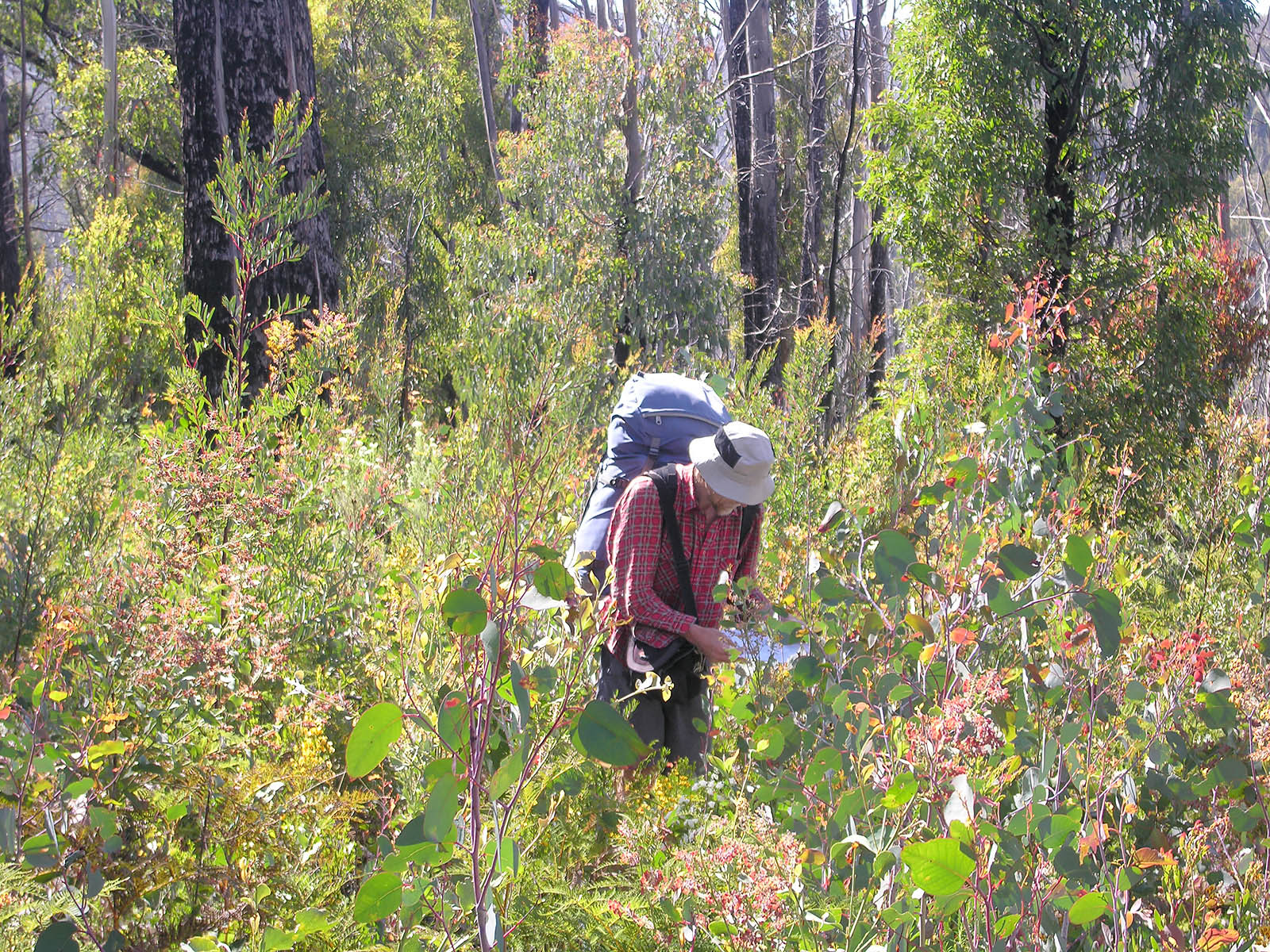Reading Time: 2 minutes
Avoid getting lost by monitoring progress along the planned route, against time, map, and track notes. A mapping app or handheld GPS is invaluable, of course.
Circumstances such as a flat battery, fog, out-of-date map, overgrown track, a missing sign or just a lack of concentration can bring on a creeping or even a sudden doubt:
Am I lost?
- Stop. Why the uncertainty?
- Consider carefully where you could have gone wrong and where you might be. How far back were you sure of your location? How long ago was that? What did you do after that?
- Check your mapping app. This should resolve these questions, provided the phone has battery and an area map downloaded, or you have phone reception. However, there might still be some doubt, for example due to inaccurately mapped tracks or a feral animal track that looks like a walking track.
- Check again any track notes, guide book, or paper map if you have them.
- Gaining some height may assist in orientation and mobile phone reception.
- Can you retrace your steps to a useful location, such as a road or track junction, a summit, or the point where you last saw the group?
- Mark your progress by leaving toilet paper markers, broken branches, scratched arrows on the track surface, etc.
If the above does not resolve your situation, or is not possible:
STAY WHERE YOU ARE
- Call 000 and ask for Police if you have mobile phone reception. Then conserve the phone battery by only turning it on at agreed times.
- Activate emergency communication device if you have one e.g. PLB, SPOT or InReach.
- Stay together if you are in a group. Do not separate.
- Shelter. If hot, cold or tired, and before it gets dark, find and/or prepare shelter (shade, out of wind and rain, off the snow).
- Keep warm and dry. It can take a considerable time for rescuers to reach you.
- Ration your food and water. Source local water if possible and it is safe to do so. Minimise movement to conserve energy.
- Make your position visible to searchers on land and in the air; e.g. bright clothing, equipment or branches set out in an open area, or stamp out an X or an arrow in snow.
- Light a fire if you have the means and it is safe to do so. Green leaves will create smoke.
- Listen carefully for voices, shouts, whistles, engine noises, etc and respond.
- Distress signals. Give audible or visible signals – three consecutive signals at regular intervals (e.g. three shouts, whistles, flashes of a torch, waving bright items) if people or rescuers are nearby or aircraft are in the vicinity.
NOTE: Help may take some time to arrive.

